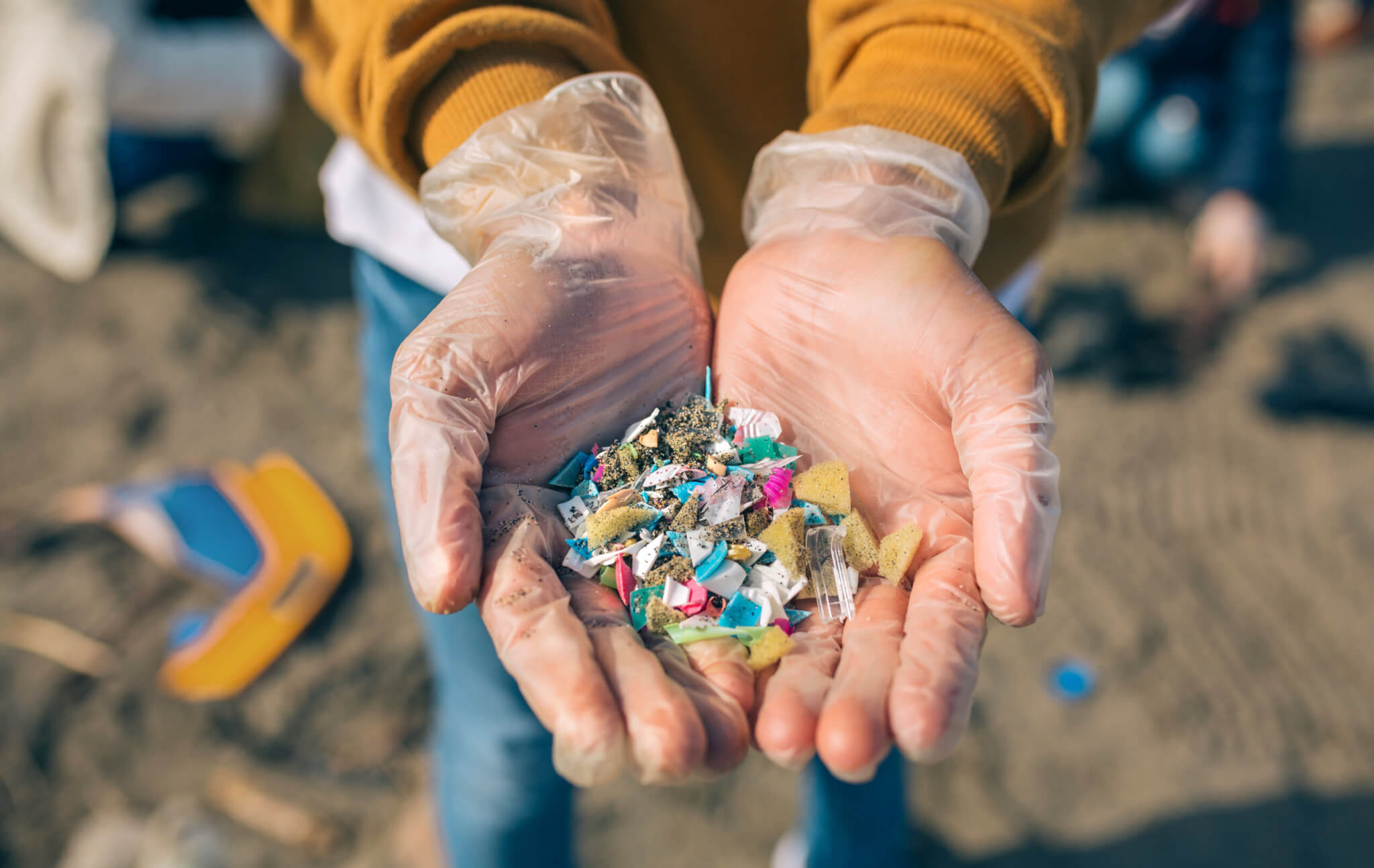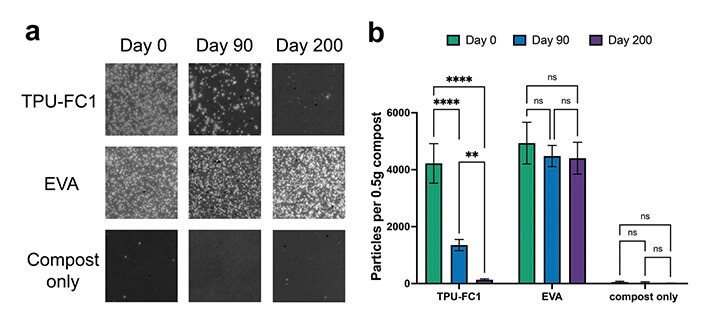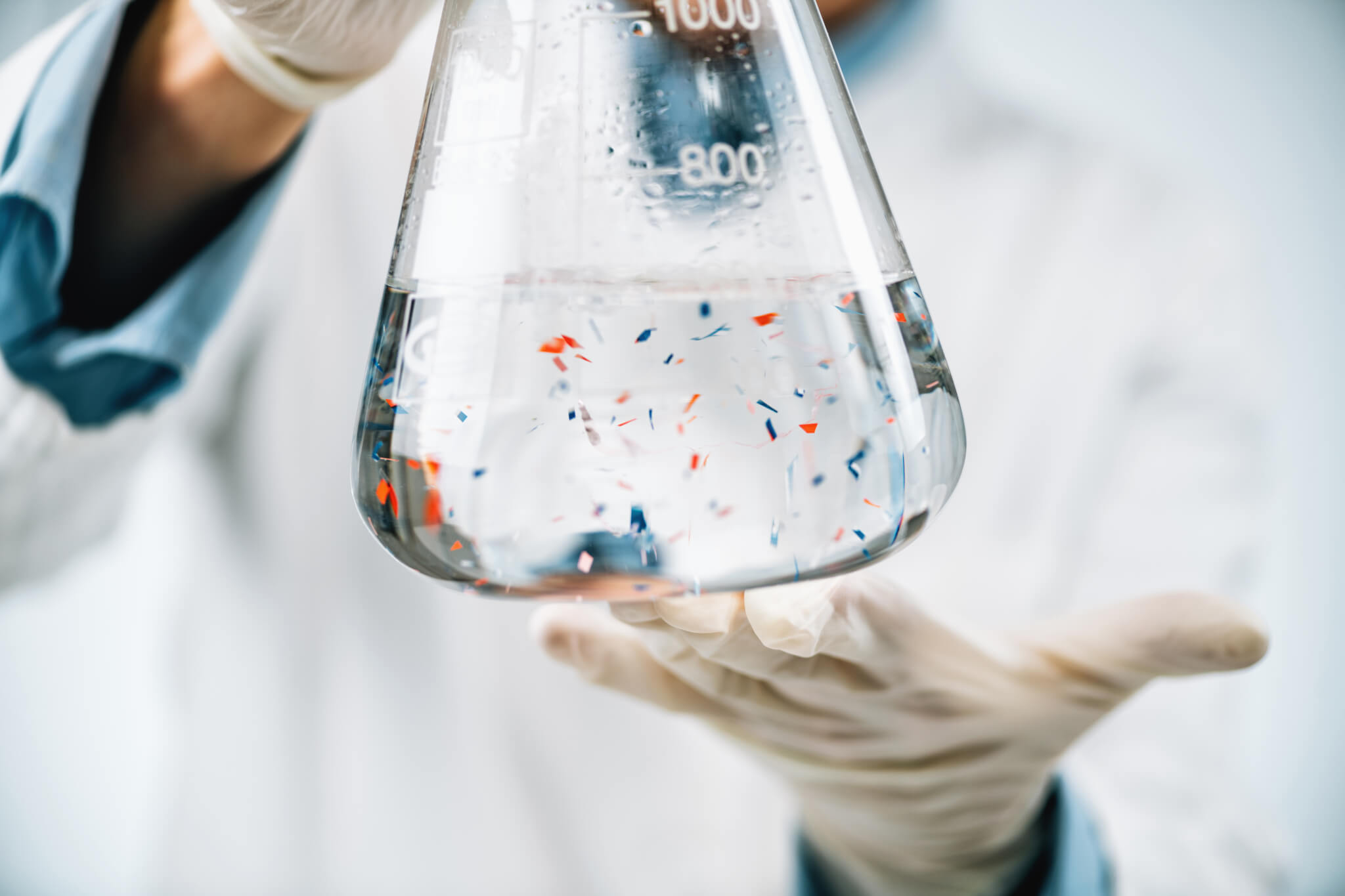SAN DIEGO — Microplastics — those tiny, insidious fragments of plastic we’re hearing about more and more these days — have rightfully become one of the most pressing environmental issues of our time. These minuscule bits of plastic, often invisible to the naked eye, are the end result of our plastic-driven lifestyle. From the clothes we wear to the gadgets we can’t live without, plastics are ubiquitous in modern society. But what happens when these plastics start to break down?
Usually defined as plastic pieces smaller than five millimeters, microplastics are virtually indestructible. Rather than simply disappearing, most plastics slowly fracture into smaller and smaller pieces, eventually becoming so tiny that they can persist in the environment for hundreds or even thousands of years. Recent studies have found microplastics in some of the most remote corners of our planet – from the deepest ocean trenches to the peaks of the highest mountains. Even more alarmingly, microplastics are making their way into our food chain and our very bodies.
But what if there was a plastic that didn’t contribute to this growing environmental disaster? A team of scientists from the University of California-San Diego and Algenesis, a materials-science company, believe they may have found an answer. They’ve developed a new type of plastic, derived from biological sources like algae, that completely biodegrades in a matter of months – even in the form of microplastics.

According to the findings published in Scientific Reports, the secret lies in the chemical structure of this innovative material. Traditional plastics are made of petroleum-based polymers with chemical bonds that microorganisms can’t easily break down. But this algae-based plastic, dubbed TPU-FC1, is composed of polyurethane containing ester and urethane linkages. These types of chemical bonds are much more prone to hydrolysis – a reaction where water splits the bond. Crucially, there are many microbes in the environment equipped with enzymes that can perform this hydrolysis reaction, enabling them to break the plastic down into its constituent parts, which they then consume.
To test the biodegradability of TPU-FC1, the researchers ground it into microplastic-sized particles and mixed it into active compost. They used several techniques to track the fate of these particles over time. Firstly, they physically extracted and counted the number of microplastic particles at different time points. After 90 days in the compost, nearly 70 percent of the TPU-FC1 microplastics had disappeared.
By 200 days, a mere three percent of the algae plastic remained – the rest had been completely digested by microbes! In contrast, microplastics made from a conventional plastic, ethylene vinyl acetate (EVA), showed no degradation over the same period.
The scientists also measured the respiration of the compost – essentially, how much CO2 was produced by the microbes as they consumed the plastic. The TPU-FC1 compost produced levels of CO2 similar to cellulose, a natural material that’s a standard for measuring biodegradability. This confirmed that the microbes were not only breaking the plastic down but also mineralizing it – converting the carbon in the plastic into CO2, completing the carbon cycle.
“This material is the first plastic demonstrated to not create microplastics as we use it,” says Stephen Mayfield, a co-author of the study, UCSD School of Biological Sciences professor and co-founder of Algenesis, in a university release. “This is more than just a sustainable solution for the end-of-product life cycle and our crowded landfills. This is actually plastic that is not going to make us sick.”

To get a closer look at the microbes responsible for this impressive feat, the team used the TPU-FC1 as bait, so to speak, to fish out plastic-degrading microbes from the compost. They succeeded in isolating several bacterial strains capable of using plastic as their sole food source. One of these, a strain of Rhodococcus bacteria, was particularly adept at breaking down the TPU-FC1 into its original building blocks, which it then consumed.
The researchers didn’t stop at microplastics – they also made prototype products out of the TPU-FC1, including a phone case and some plastic-coated fabric, to test their biodegradability. After a couple of months in compost, the fabric coating had almost completely biodegraded, while the phone case showed clear signs of microbial attack after a year.
“When we started this work, we were told it was impossible,” says Professor of Chemistry and Biochemistry Michael Burkart, one of the paper’s authors and an Algenesis co-founder. “Now we see a different reality. There’s a lot of work to be done, but we want to give people hope. It is possible.”
While this algae-based plastic is a promising solution, it’s not a magic bullet for our plastic woes. Moving forward, a multi-pronged approach will be necessary, including reducing our reliance on single-use plastics, improving recycling infrastructure, and continuing to develop innovative, eco-friendly materials. But with further research and development, materials like TPU-FC1 could play a significant role in stemming the tide of microplastics and moving us towards a more sustainable plastic future. In a world drowning in plastic waste, that’s welcome news indeed.

The plastics crisis feels kind of hopeless. This sounds good, but
what kind of plastic can it replace, and how long and how expensive
will it take to retool, and what other problems might come from this
new type of biodegradable plastic? Is it safe or could it be toxic?
I’ve been buying fleece jackets and clothes for decades. I had no
idea they there was a bad side to them being made from recycled
plastic bottles. How I wonder just what my exposure to this and
other plastics might have done to me.
Human beings allowing ourselves to get into these disasters are
a good reason we cannot consider ourselves intelligent. Individuals
will do anything they can find that will bring them a profit and put
them above others whatever the long term consequences are, and
not all these crises of bad judgement are converging on us and
affecting billions of people and the whole environment.
Not a word for had sad and terrible this is.